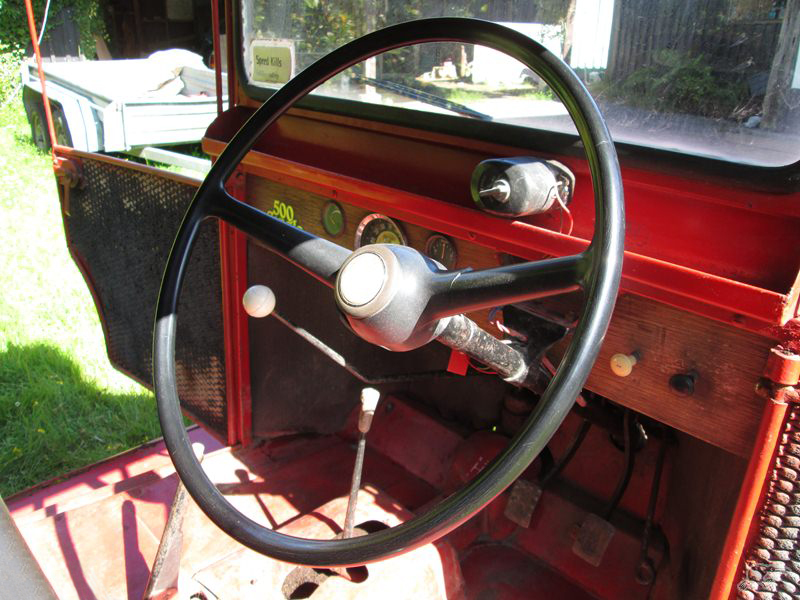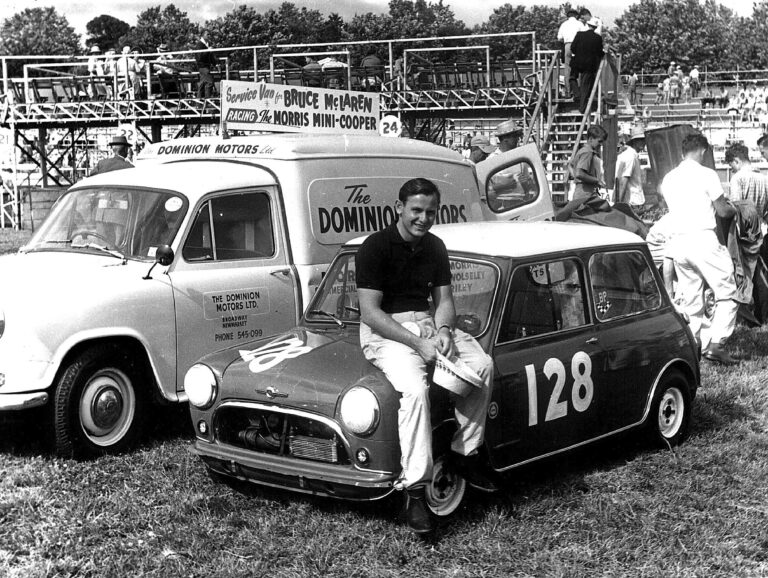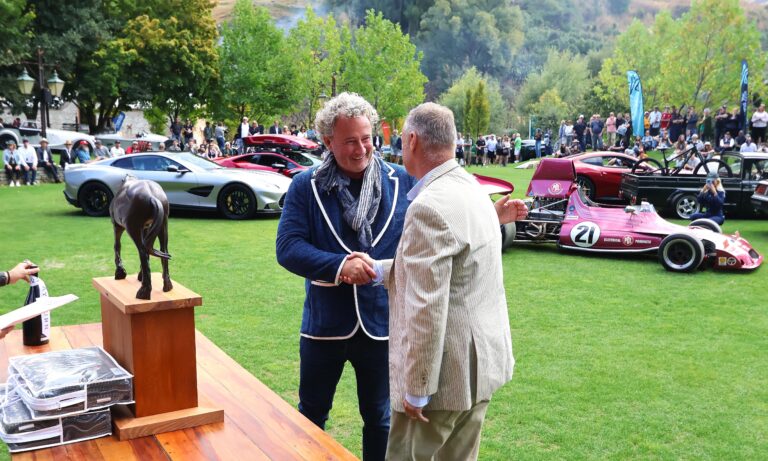This unusual-looking vehicle was built in 1978 by Giles Engineering in Whataroa South Westland. These little on-road/off-road vehicles were built for the farming community and have been described as the precursor to the four-wheel farm bike. Despite being only two-wheel drive and powered by a 12hp (8.9kW) Kohler engine, the vehicle’s range of gearing, 12 forward and three reverse, meant it could traverse the harshest terrain pulling a fair load without leaving deep tracks in the paddocks.

Construction of the first Duzgo began in the early 1970s; Giles Engineering went on to produce ten of these vehicles, each one individually numbered. This Duzgo is number eight. There were orders for another thirteen, when the Giles were visited by the men in suits from Wellington who, because they saw them as new vehicles, demanded payment of excise tax, which was placed on new vehicles at that time. The company was forced to close.
Though seen as new vehicles, they were built primarily from second-hand parts. For example, the two gearboxes intermeshed to give it the wide range of gears, were from Morris Minor and Ford Anglia.

According to the current owners, once you own one it is hard to part with it. ‘Duzgo #8’ has featured in a number of TV documentaries, one of which was Billy Connolly’s World Tour of New Zealand, where Billy described it as his “favourite car in the world.”

Duzgo #8 has been used as such other things as a hearse, a means to tow a helicopter trolley in and out of a hanger, and a wedding vehicle. It has currently been on display at The Bushman’s Centre at Pukekura, South Westland, and is currently on the market.





